-

Imagine you were on the design team building the Emirates Stadium. How would you design the seating to make sure spectators get the best view of matches? This geometry and modelling activity is designed to be accessible to both GCSE and A-level maths students (Key Stage 4 and Key Stage 5), who can tackle it at different levels.
-

These three football maths brainteasers challenge students to be resourceful, to think logically and to work systematically. This activity is aimed at Key Stage 3 and 4 students.
-
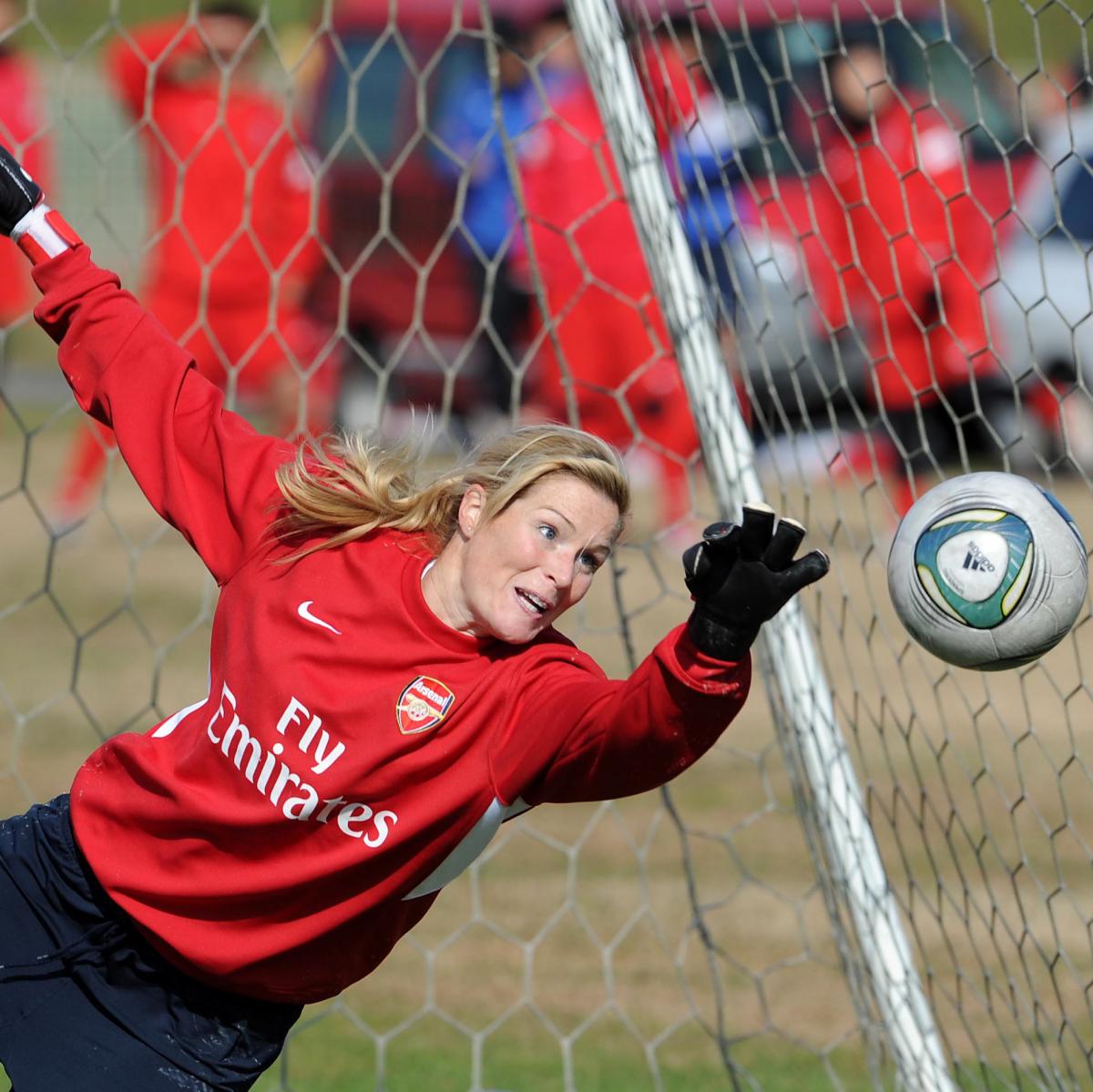
If two goals are scored in a match between two equally-matched teams, what are the possible scores? This activity gives an opportunity to investigate probability in the context of football, and is aimed at Key Stage 3 students.
-
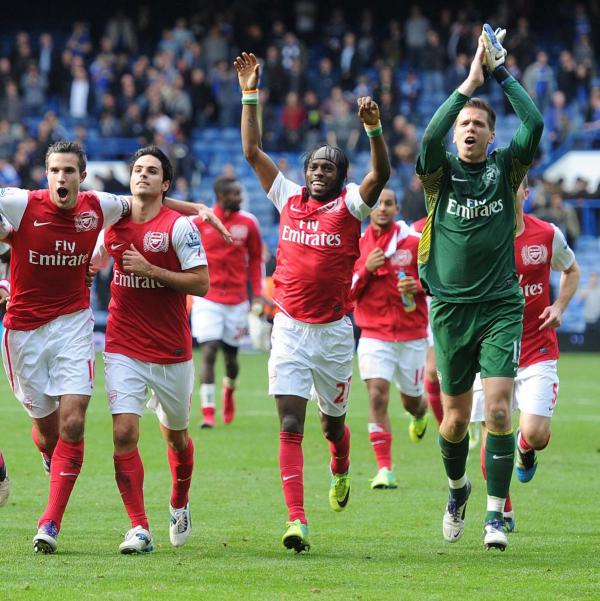
How many different football team formations can you find? This activity provides an engaging real-life context to investigate simple combinations, and is aimed at Key Stage 3 students.
-
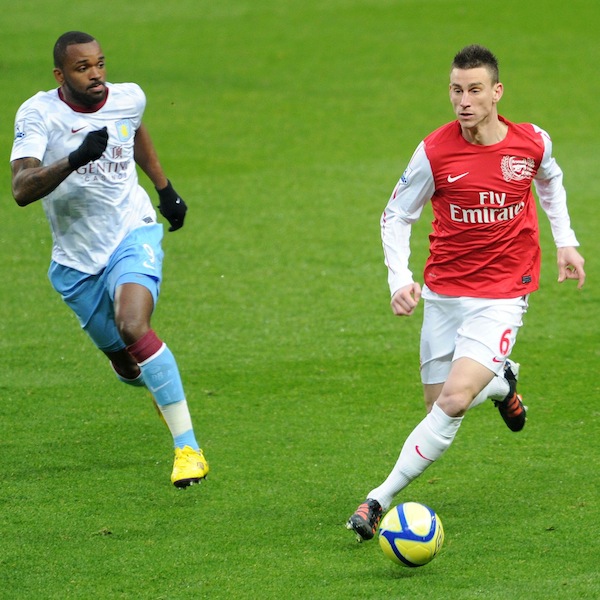
What could the half-time scores have been in these Arsenal matches? This activity encourages systematic working and discussion, and is aimed at Key Stage 2 students.
-
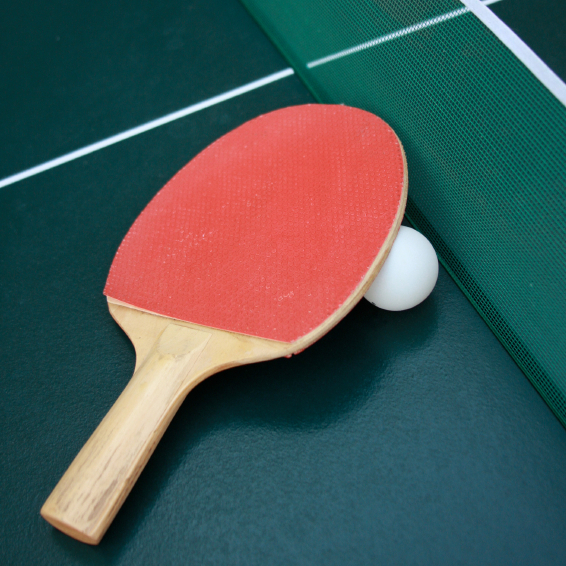
Why are there so many different scoring systems in operation in sport? How can changes to scoring systems affect the relative roles of luck and skill in determining the winner? This video from Professor John Barrow's Maths of Sport lecture series is aimed at a general audience.
-

How long will football managers stay with their team, and does talent matter? Marc West investigates how mathematical power laws can shed light on predicting managers' tenure in this article aimed at general readers and advanced students.
-
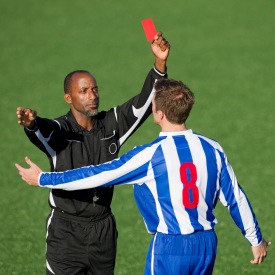
If your team scores first in a football match, how likely is it to win? And are maths and sportsmanship at odds on whether players should ever commit a professional foul? John Haigh shows us how to use probability to find the answers in this article aimed at general readers and older students, and explains the implications for the rules of the game.
-

What tactics should a soccer player use when taking a penalty kick? And what can the goalkeeper do to foil his plans? John Haigh uses Game Theory to find the answers in this article aimed at general readers and older students.
-

These 10 questions encourage students to explore mathematical modelling in the context of several different sports including track and field athletics, shooting, football, tennis, basketball and gymnastics. This activity is designed to be accessible to A-level mechanics students (Key Stage 5).

